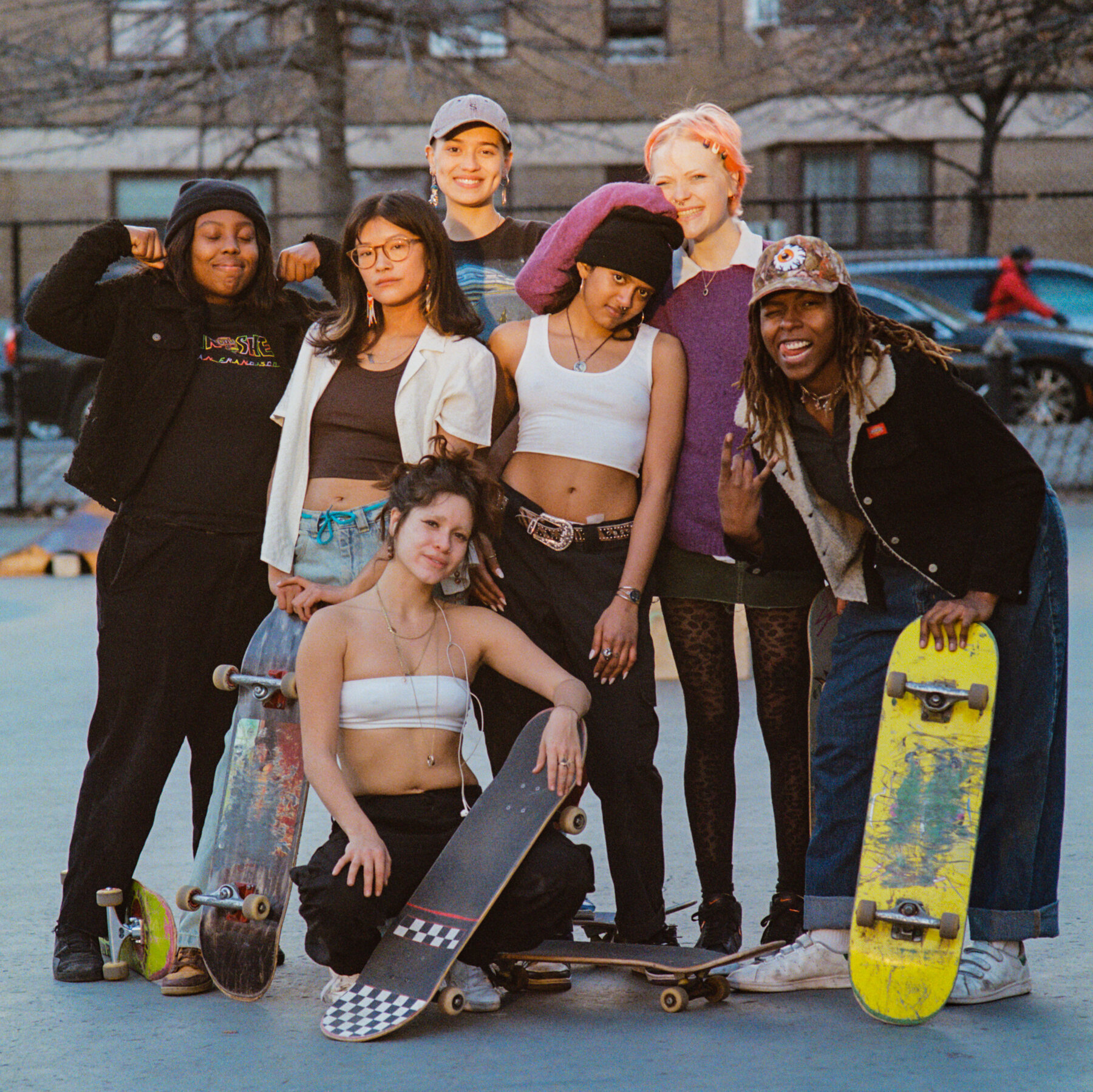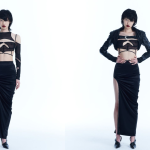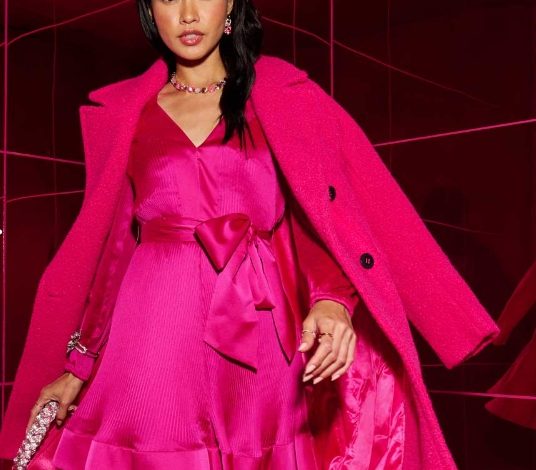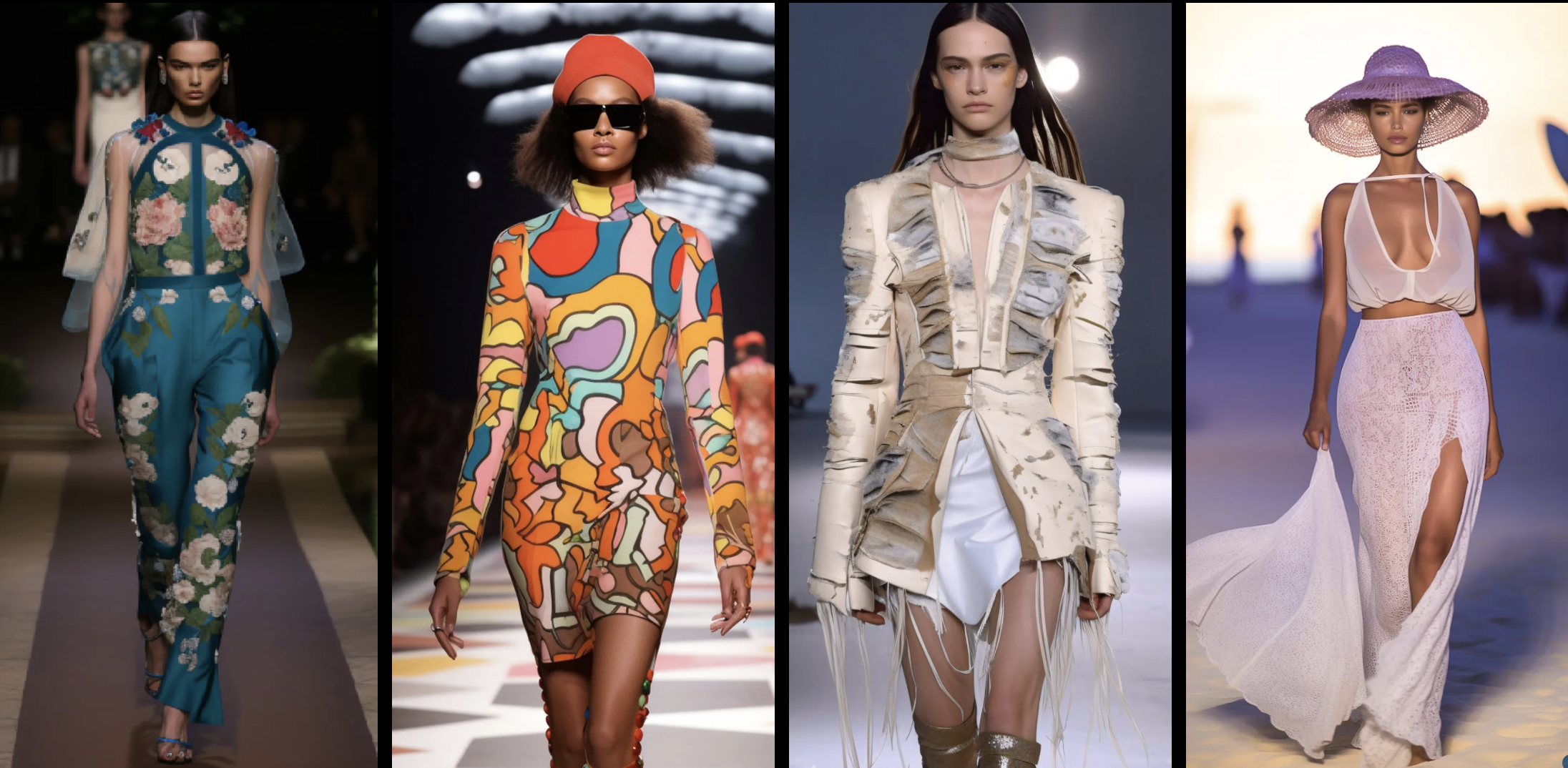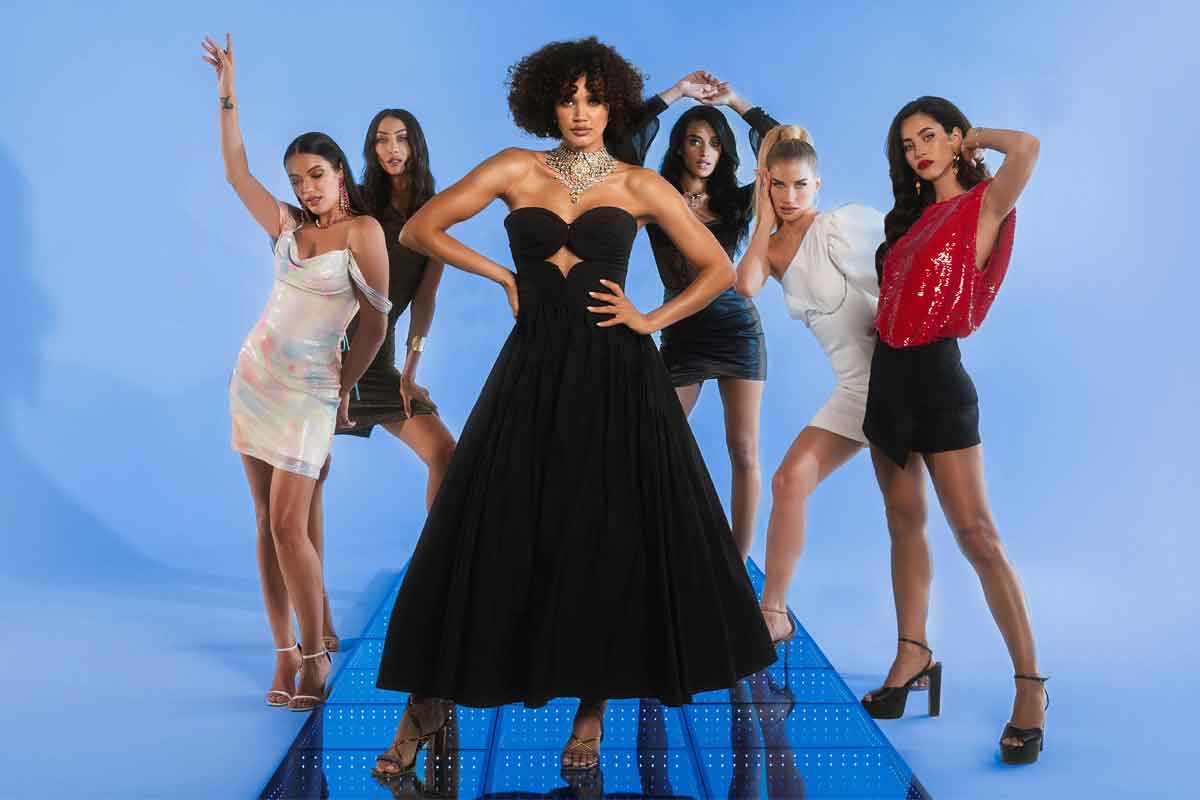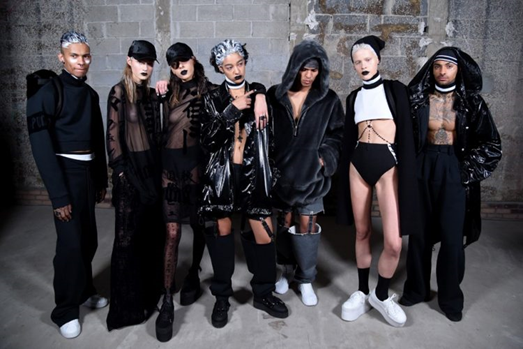
The Rise and Impact of Subversive Fashion Trends
As a self-proclaimed fashion enthusiast, I have always been captivated by the way that clothing can be used as a means of self-expression. Fashion has long been a way for individuals to assert their identity and make a statement, whether it is through the clothes they wear or the way they style themselves. And throughout history, there have been several subversive fashion trends that have emerged, challenging societal norms and pushing boundaries. In this blog post, we will dive into the rise and impact of these subversive fashion trends, and how they have shaped the way we view fashion today.
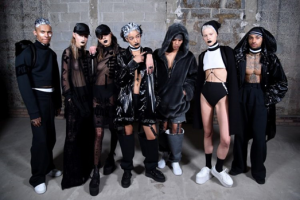
One of the most notable examples of subversive fashion is the punk movement that emerged in the 1970s. Punk fashion was a direct rebellion against the mainstream and sought to challenge societal expectations and norms. With its ripped clothing, leather jackets, and unconventional hairstyles, punk fashion became a symbol of youthful rebellion and counterculture. It was a way for individuals to reject the traditional notions of beauty and fashion, and instead embrace a more anarchic, DIY ethos. The impact of punk fashion can still be felt today, with its influence evident in the edgy and experimental styles that grace runways and street style alike.
Fast forward a few decades, and we come to the rise of streetwear. Streetwear emerged from the streets of urban neighborhoods, particularly in the early 90s. It was a response to the exclusion and marginalization faced by these communities. Streetwear fashion incorporated elements of hip-hop culture and sportswear, blending comfort and style in a unique way. What started as a subculture quickly gained mainstream recognition, thanks to the rise of hip-hop music and its influence on popular culture. Brands like Supreme, Off-White, and A Bathing Ape capitalized on the demand for streetwear, turning it into a billion-dollar industry. Streetwear fashion’s impact is not just limited to clothing; it has also reshaped the sneaker culture, with collaborations and limited-edition releases becoming a coveted part of the streetwear world.
Another subversive fashion trend that has gained significant traction in recent years is gender-fluid fashion. This movement challenges the traditional binary notion of clothing and pushes for inclusivity and self-expression regardless of gender. Designers like Alessandro Michele of Gucci have embraced this movement by featuring models of all genders in their runway shows, blurring the lines between masculine and feminine aesthetics. Gender-fluid fashion rejects the idea that clothing should be limited to certain genders and instead celebrates individuality and freedom of expression. The impact of the gender-fluid fashion trend can be seen in the increased visibility of gender-neutral clothing lines and major brands incorporating inclusive sizing and designs in their collections.
Subversive fashion trends not only challenge societal norms but can also serve as powerful tools for activism. Take the rise of sustainable fashion, for example. As concerns about climate change and the environmental impact of the fashion industry grew, so did the demand for more sustainable and ethical clothing options. Brands like Patagonia and Everlane have led the way by prioritizing transparency, fair trade practices, and eco-friendly materials. Moreover, fashion activists and influencers have used their platforms to promote eco-conscious living and challenge the fast fashion culture that dominates the industry. The rise of sustainable fashion has shown that style and ethics can coexist, and that we can make a positive impact through the choices we make as consumers.
Ultimately, subversive fashion trends have the power to challenge the status quo and redefine societal norms. They allow individuals to express their identity, rebel against expectations, and make a statement. From punk fashion to streetwear, gender-fluid fashion to sustainable fashion, each trend has left an indelible mark on the fashion industry. They have shaped the way we dress and have forced us to confront our own biases and preconceived notions about what is deemed acceptable. By embracing and celebrating these subversive fashion trends, we not only engage in self-expression but also contribute to a more inclusive and progressive society. So, let us continue to push the boundaries, defy the norms, and make a statement through the clothes we wear.

